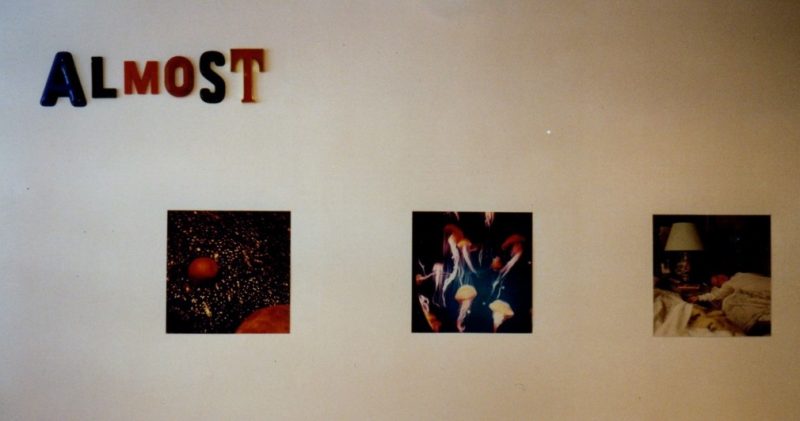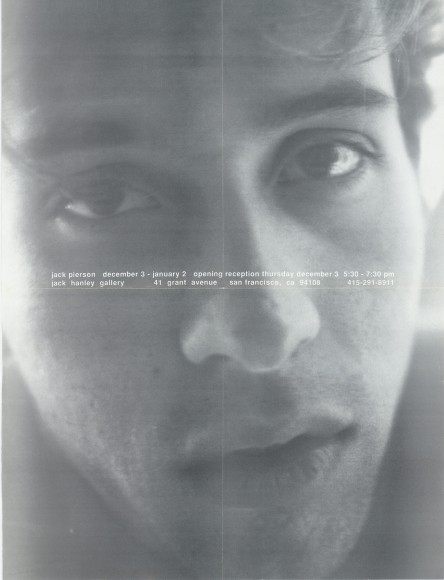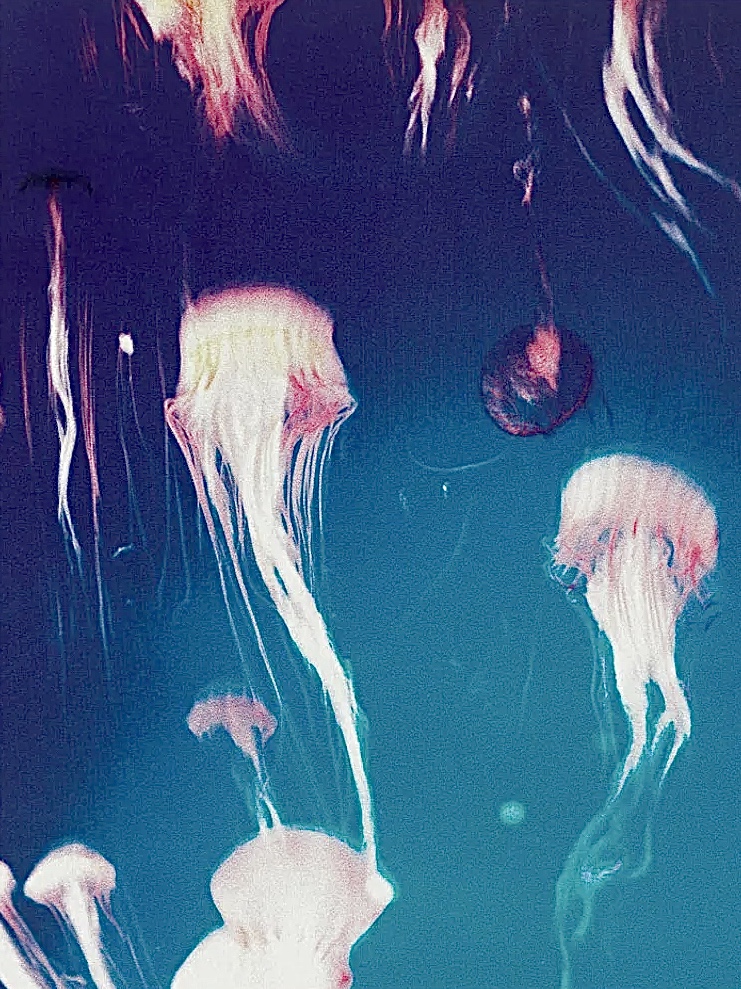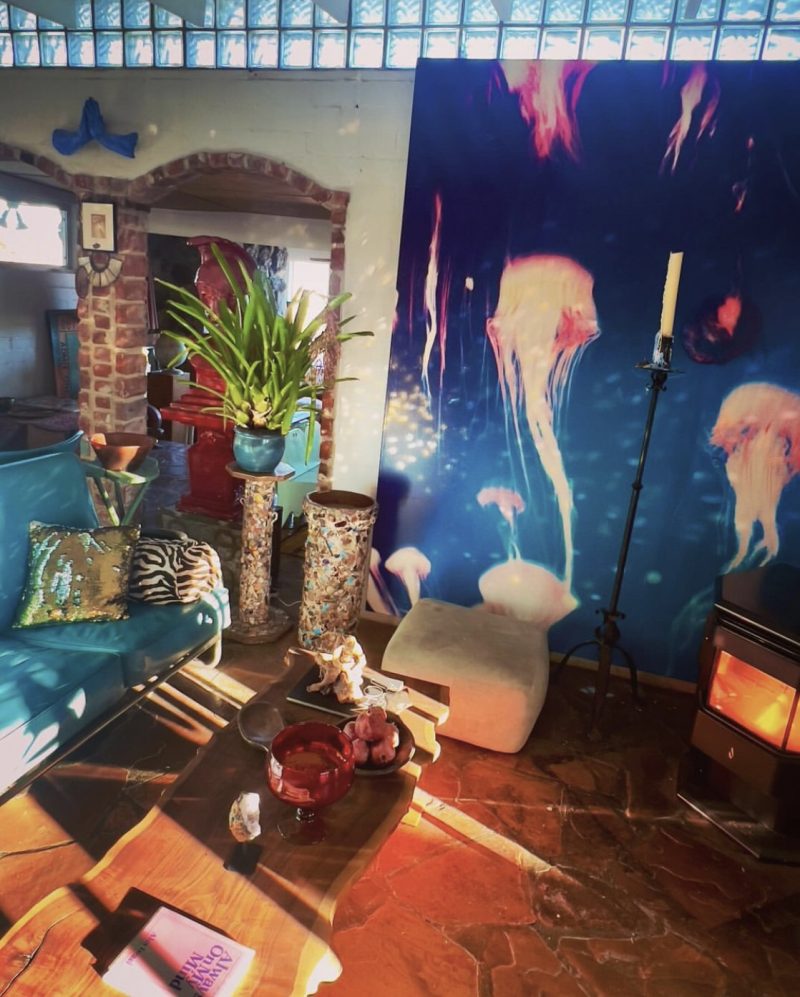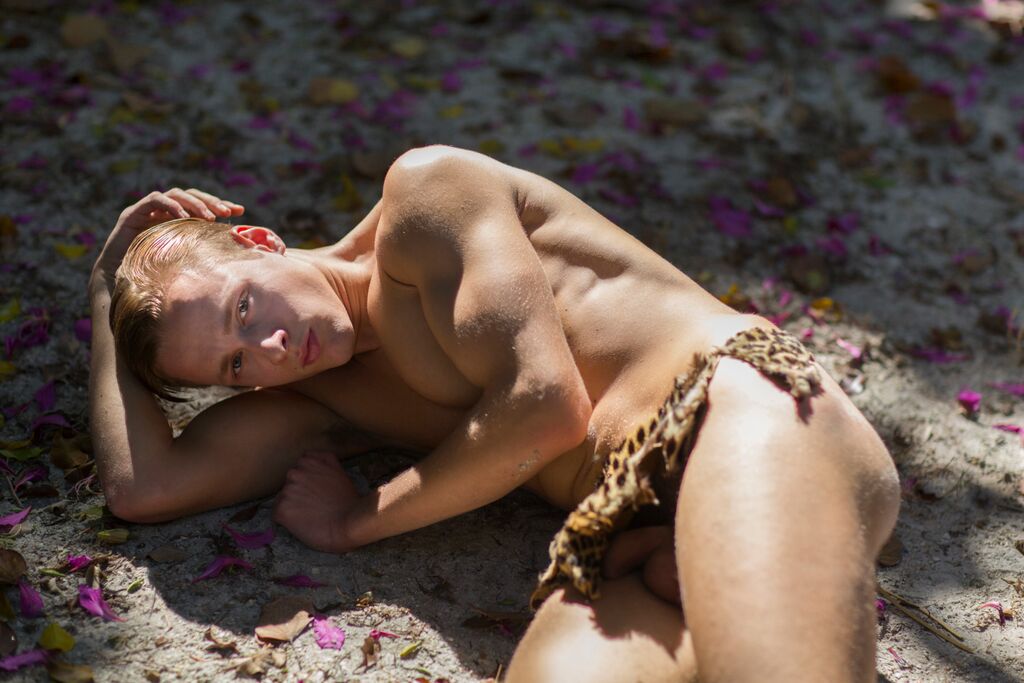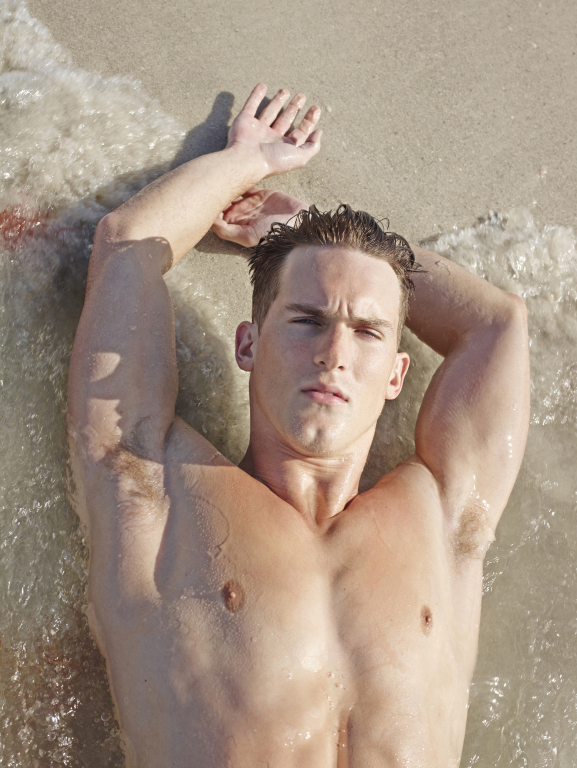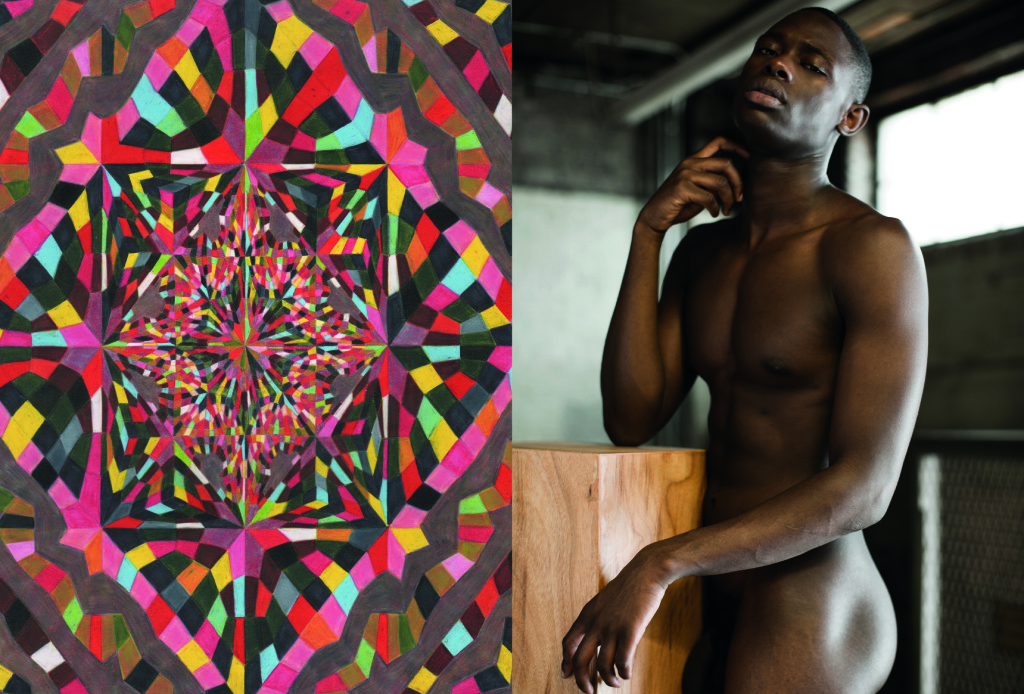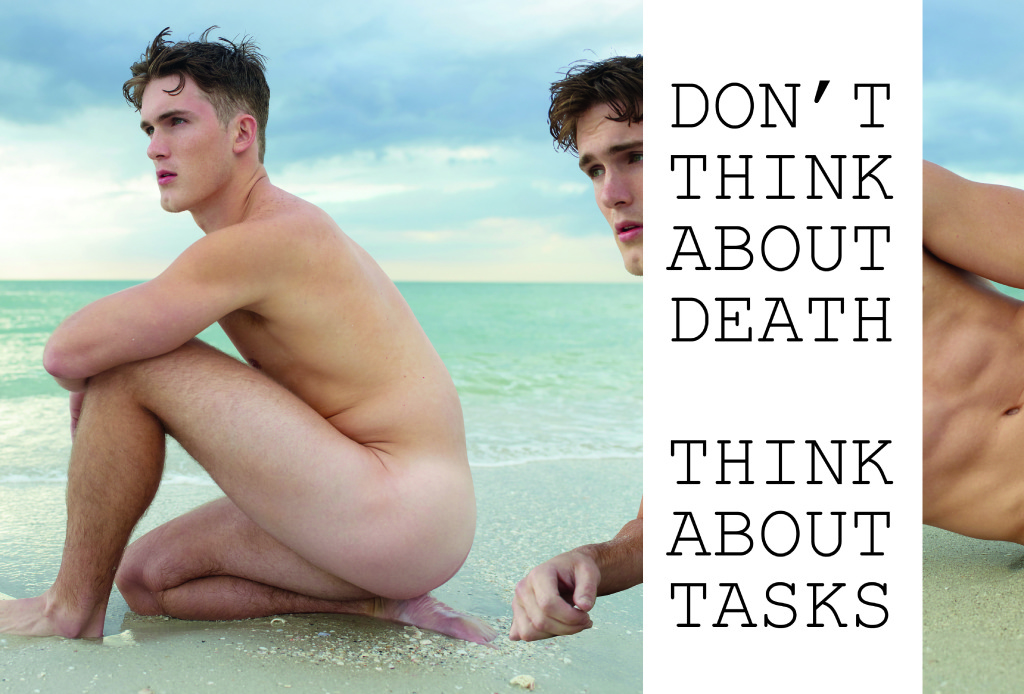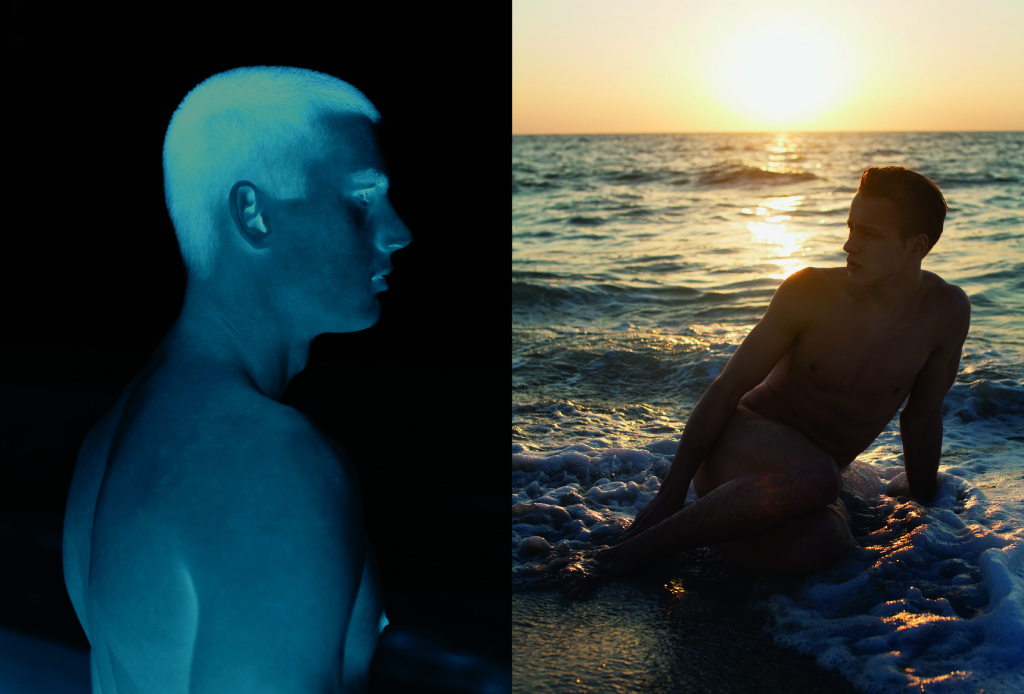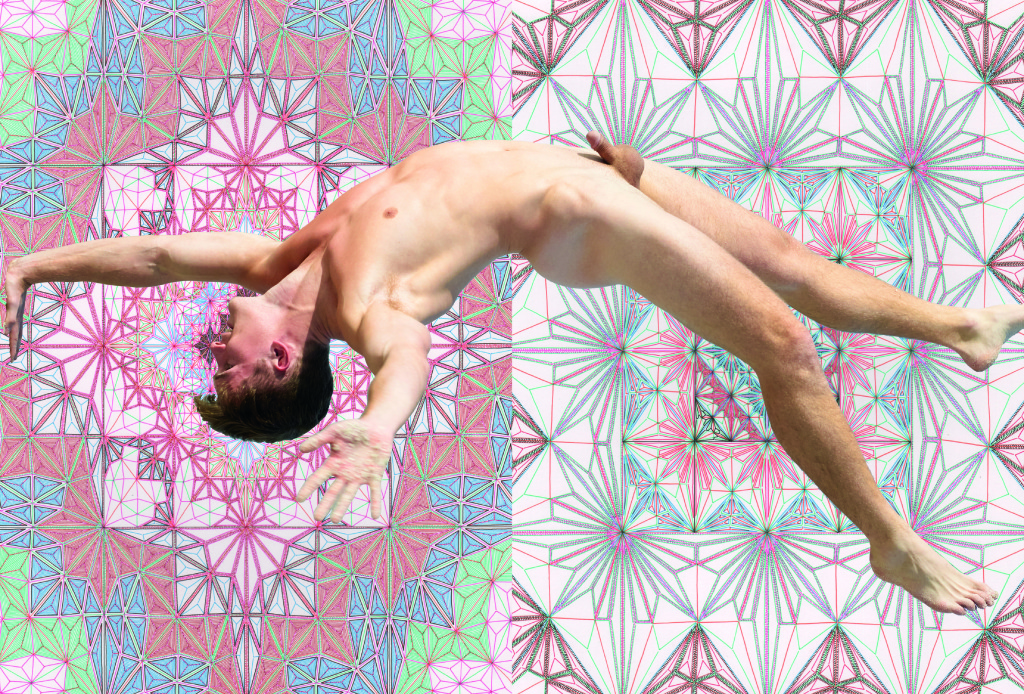SOLD. Jack Pierson (New York), ‘Jellyfish’, 1990’s
Jack Pierson Photograph, ‘JellyFish’, 1990’s, 8×10 inches, Signed and dated on verso. Gift from the artist while in residence in Provincetown, USA.
SOLD. Private Collection, Paris.
EXHIBITIONS
Nan Goldin and Jack Pierson
19 September 2023 – 19 March 2024
Institute of Contemporary Art, Third Floor Lobby
Boston, Massachusetts
The Myth of Normal, A Celebration of Authentic Expression
Group Exhibition
5 October 2023 – 19 May 2024
MassArt Art Museum
Boston, Massachusetts
Copy Machine Manifestos: Artists Who Make Zines
Group Exhibition
17 November 2023 – 31 March 2024
Brooklyn Museum
Brooklyn, New York
PRESS
Cultured
Hannah Silver, Wallpaper Magazine
Lyle Rexer, The Brooklyn Rail
Joseph Akel, ArtForum
Roberta Smith, New York Times
GALLERIES
Lisson Gallery
504 W 24th Street
New York, New York
T: +1 212 505 6431
Regen Projects
6750 Santa Monica Blvd
Los Angeles, California
T: +1 310 276 5424
Galerie Thaddaeus Ropac
7 Rue Debelleyme 5003
Paris, France
T: +33 1 42 72 91 25
HEAVEN ON EARTH: AN INTERVIEW WITH JACK PIERSON ON TOMORROW’S MAN

photograph by Aubrey Mayer
Jack Pierson’s art is dangerous and seductive with the lure of a sordid kind of glamor. Close your eyes and imagine a motel with a blinking vacancy sign. You’re on the edge of the desert and it’s 110 degrees in the pitch-blackness. Indeed, he is an enigmatic artist with a sense of hopeless romanticism – his work screams this tortured longing. Over the last few decades, Pierson’s art seems to get cooler and cooler – there is a distinctly dreamy and quixotic quality to all of it: the photographs, the collages, the text based works that incorporate rusty and discarded signage and his beloved artist books. Officially launching today at the New York Art Book Fair MoMA PS1 is the third installment of Pierson’s highly acclaimed and groundbreaking publishing project Tomorrow’s Man. Borrowing from the title and aesthetic of a 1950s homoerotic chapbook disguised as a muscle building mag, Tomorrow’s Man is a pastiche of found imagery, collaborations with contemporary artists, text, and work by Pierson himself, which seems to send that beautiful lightning bolt that brings the publication to life in an electrifying way. Whereas the first and second installments were denser, the third issue is much lighter with contributions by only four artists. Geometric abstractions by Richard Tinkler, text works by Peter Fend, and a short story by Veralyn Behenna entitled ‘The Flavor of Your Wish.” There is also, of course, a series of beautiful previously unpublished photographs by Pierson – male nudes in natural form. In the following interview with Autre, Pierson talks about Tomorrow’s Man (where to hide it and what to listen to while you’re reading it) and contemporary gay life.
OLIVER KUPPER: Let’s talk about Tomorrow’s Man, where did the idea come from to start this publication?
JACK PIERSON: It began as a one-off arty little book. I’ve made them throughout my career. I was dragging my heels on this first one because I wanted to do something new that really engaged the viewer. Including work by other artists made the project exciting for me. Once we had done one I had so much fun I wanted to keep it going. So I set a goal for a dozen issues. This will be the third.
OK: It’s interesting – the combination of appropriation and collaborations with artists and friends – what draws you to this format?
JP: I’m super into other artists and the work they make. I know a lot of great artists, young and older, who need venues where their work can begin to be discovered. A nice publication is one of the best ways I can think of. And the ephemera? I just find myself liking printed stuff and really believing in it as modern to present old stuff in a new way.
OK: What is your idea of “Tomorrow’s Man” – what is your definition of ideal masculine beauty?
JP: I don’t think there is any one ideal of masculine beauty. That’s one of the great things about contemporary gay life – Every physical type has a fan base.
OK: I love the visual assemblage involved in the series…turning the pages, it really feels like a scrapbook…do you collect a lot of these old magazines and what is the curation process like?
JP: Thank you! I have collected printed material, usually from an earlier period, since I was a teen. It started with 1920s sheet music I think. Lately, I have been collecting a lot of scrapbooks from the 20s to the 60s. I guess the format, now that you mention it, might come from that.
OK: There is something palpably erotic about Tomorrow’s Man and there are a lot of homoerotic themes, is this a magazine anyone can put on their coffee table?
JP: I’d of course be happier if it wound up under the mattress than on the coffee table. Part of the format is a reaction against the idea of male nude coffee table books. I think soft cover and smaller is a sexier way to receive naked men.
“I’D OF COURSE BE HAPPIER IF IT WOUND UP UNDER THE MATTRESS THAN ON THE COFFEE TABLE….I THINK SOFT COVER AND SMALLER IS A SEXIER WAY TO RECEIVE NAKED MEN.”
OK: This new issue seems to be going in a different direction than other issues, can you talk a little bit about the themes in this issue?
JP: Well issue 1 was dense with imagery with over 18 artists, number 2 became even more so. Really a lot of information and artists. For number 3 we decided to change it up and allow more breathing room. It’s just three artists; Richard Tinkler, Peter Fend, and myself, and of course a story written by Veralyn Behenna.
The design has at once more breathing room and complexity in the layout. I saw some new text pieces by Peter Fend and knew immediately I wanted them for Tomorrow’s Man 3. He deals mainly with environmental concerns, ways to steer the planet back to health. I thought those themes would be good both with Richard Tinkler’s intense metaphysical mind maps as well as my essentially naturist photography.
OK: You decided to include your own work in this issue…what brought you to the decision to include your own work and why haven’t you included your work in previous issues?
JP: My work has been in every issue so far. The first two I included only that which had been published already. Tear sheets etcetera, and in that way mine was already in the stream of ephemera from which I cull. Tomorrow’s Man 3 is the first issue to include unpublished work by me, in this case naked pictures of handsome men.
OK: Who are some artists working today that you think are truly breaking boundaries?
JP: I think all the artists in the first 3 issues of Tomorrow’s Man are radical and ready to break through.
OK: What’s a good song to listen to while you flip through the pages of Tomorrow’s Man?
JP: Not just one song. The Platter’s Greatest Hits!
OK: What’s next for Tomorrow’s Man…anything in mind or are you just going to let things flow?
JP: Flowing is what’s best to do to be creative. I’m already thinking back to extremely dense. Dense work on top of dense work. A lot of drawing based work and maybe more writing.
